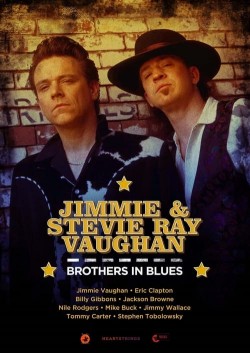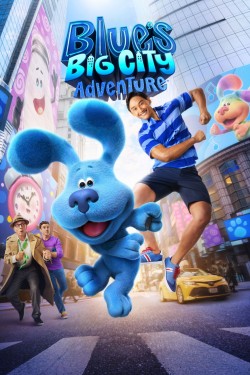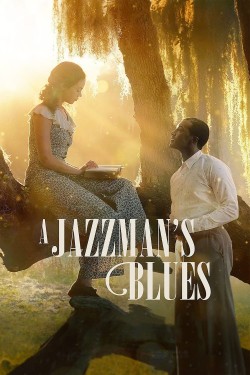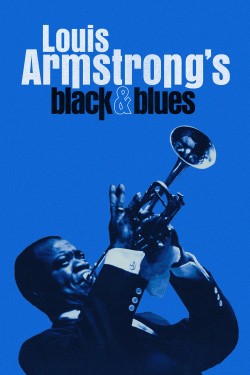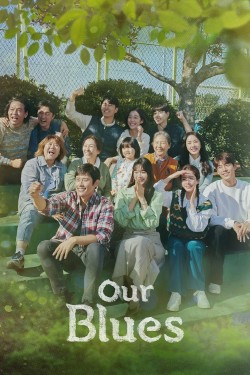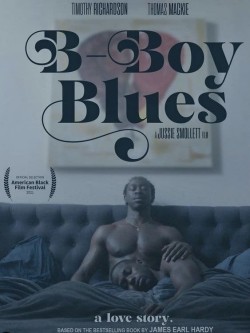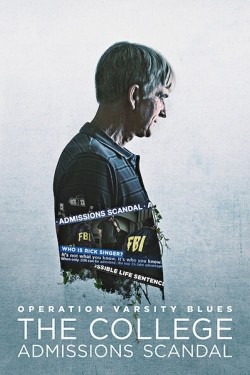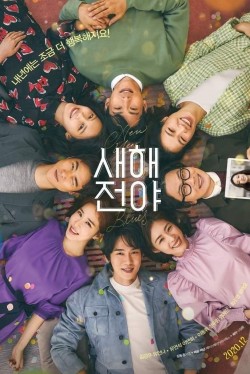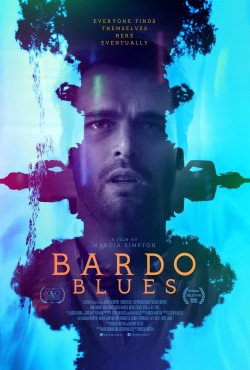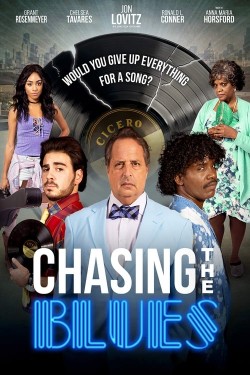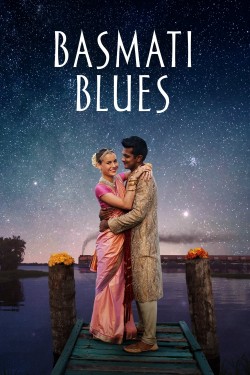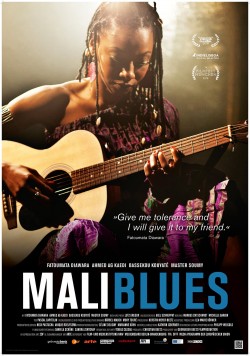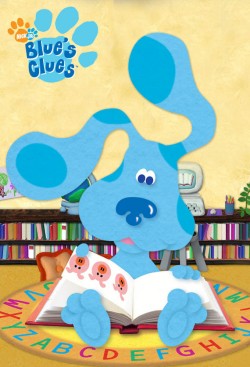
Blue's Clues
Blue's Clues is an American children's television program that debuted on Nickelodeon on September 8, 1996, and aired for ten years, until August 31, 2006. Angela Santomero, Todd Kessler, and Traci Paige Johnson blended principles from child development and early childhood education with unique animation and production techniques to educate their audience. Donovan Patton succeeded Steve Burns, who left in 2002 to pursue a career in music. Burns was a significant factor in the show's popularity, and the rumors surrounding his resignation signaled the show's rise as a cultural phenomenon. Blue's Clues became the highest-rated preschool show on commercial American television and was essential to Nickelodeon's expansion. It has been dubbed "one of the most popular, critically acclaimed, and innovative preschool television series of all time." Blue's Room debuted in 2004 as a spin-off. The show's producers and writers delivered content in a narrative manner as opposed to the more traditional magazine format, employed repetition to reinforce its curriculum, and planned each episode identically. In the thirty years after the introduction of Sesame Street in the United States, researchers have examined child development and the viewing patterns of young children. Inviting the audience to participate transformed the genre. Research was an integral component of the creative and decision-making processes during the production of the show, and it was incorporated into all phases of the creative process. Blue's Clues was the first cutout animation series for preschoolers and resembled a storybook in its use of primary colors and simple construction paper cutouts of recognizable items with varying hues and textures. Its home-based setting was familiar to American children, but its visual style was distinct from that of other children's television programs. Beginning in1999, a live version of Blue's Clues, which utilized many of the show's producers' production innovations, toured the United States. Since2002, more than 2 million individuals have attended more than 1,000 performances.


